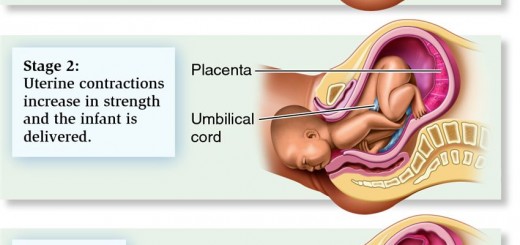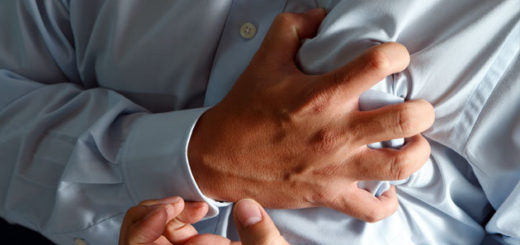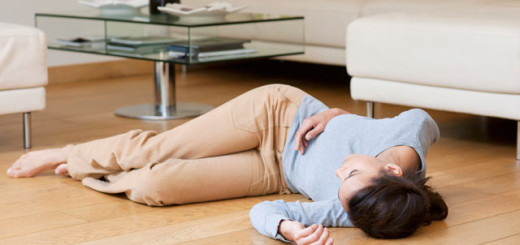What to Keep in a First Aid Kit
Many injuries and sudden illnesses can be cared for without medical attention. For these or for situations requiring medical attention later, it is a good idea to have useful first aid supplies on hand for emergencies.
A first aid kit’s supplies should be customized to include those items likely to be used on a regular basis. For example, a kit for a home will be different than one at a workplace or one found on a boat.
The list below includes nonprescriptive (over-the-counter) medications. Some drug products lose their potency in time, especially after they are opened. Other drugs change in consistency. Buying the large “family size” of a product infrequently used may seem like a bargain, but it is poor economy if the product has to be thrown out before the content are used. Medications have an expiration date.
Warning: Keep all medicines out of the reach of children. Read and follow all directions for properly using medications.
Keep your first aid supplies in either a fishing tackle box or a toolbox. Boxes with an O-ring gasket around the cover are dustproof and waterproof.
First Aid Kit List
General supplies
- Scissors: regular and bandage (blunt-tip prevents injury while cutting next to skin)
- EMT shears (cuts through metal, leather, heavy clothing)
- Tweezers (remove splinters, ticks, small objects from wound)
- Disposable gloves, non-latex (protection against disease)
- Mouth-to-barrier device, face mask with 1-way valve or face shield (protection against disease during rescue breathing)
- Thermometer (measure body temperature)
- Penlight: battery or disposable
- Light stick
- Resealable plastic bags, pint and quart (ice pack, irrigating wound, amputation care)
- Ice bag (ice pack)
- Cotton-tipped swabs (remove small objects from eye, to evert eyelid, to apply ointment)
- SAM splint (stabilizes almost any part of the body)
- Emergency blanket (protects victim from weather)
- Safety pins, size 3 (hold bandages in place, improvising slings)
Bandage and Dressing Materials
- Gauze pads, 2-inch by 2-inch, 3-inch by 3-inch, 4-inch by 4-inch (stop bleeding and cover wound)
- Non-stick pads, 2-inch by 3-inch, 3-inch by 4-inch
- Adhesive strip bandages various sizes and materials (cover small wounds)
- Trauma dressings, 5-inch by 9-inch, 8-inch by 10-inch (cover large wounds)
- Gauze roller bandages, 1-inch, 2-inch (hold dressings in place)
- Conforming, self-adhering roller bandages, 2-inch, 3-inch (hold dressings in place)
- Elastic roller bandages, 2-inch, 3-inch, 4-inch, 6-inch (compression on sprains and strains)
- Adhesive tape, 1/2-inch or 1-inch (hold dressings in place; secure end of roller bandages)
- Hypoallergenic paper tape (hold dressings in place; prevents skin reactions)
- Waterproof tape (hold dressings in place)
- Knuckle bandages
- Fingertip strips
- Eye pads
- Triangular bandages (arm sling and forms cravat bandages for holding splints in place)
- Moleskin and molefoam (blister prevention and care)
- Duct tape, roll (blister prevention, holding splints in place)
Ointments and Topicals
- Ointments and Topicals
- Antiseptic towelettes (cleaning skin around wounds and hands)
- Alcohol prep pads (cleaning skin around wounds)
- Antibiotic ointment (minor cuts, abrasions, burns)
- Hydrocortisone cream, 1 percent (skin irritation and itching)
- Antifungal cream
- Calamine lotion (anti-itch and drying agent for poison ivy, oak, sumac, and skin rashes)
- Sting relief swabs (relieve pain from insect bites and stings)
- Instant ice pack (use when ice is not available)
- Spenco Second Skin Pads (blister care)
- Aloe vera gel, 100 percent (minor burns, frostbite)
- Sun screen (at least SPF 15)
- Lip balm with sunscreen (protects lips)
- Insect repellant
Over-the-Counter Internal Medications
- Aspirin (for pain, swelling, and fever)
- Ibuprofen (for pain, swelling, and fever)
- Acetaminophen/paracetamol (for pain)
- Antihistamine (for allergy)
- Decongestant, tablets and nasal spray
- Antidiarrhea, antinausea/vomiting
- Anticonstipation
- Anti-motion sickness
- Glucose gel
- Activated charcoal, pre-mixed liquid (for swallowed poisoning)






Thanks